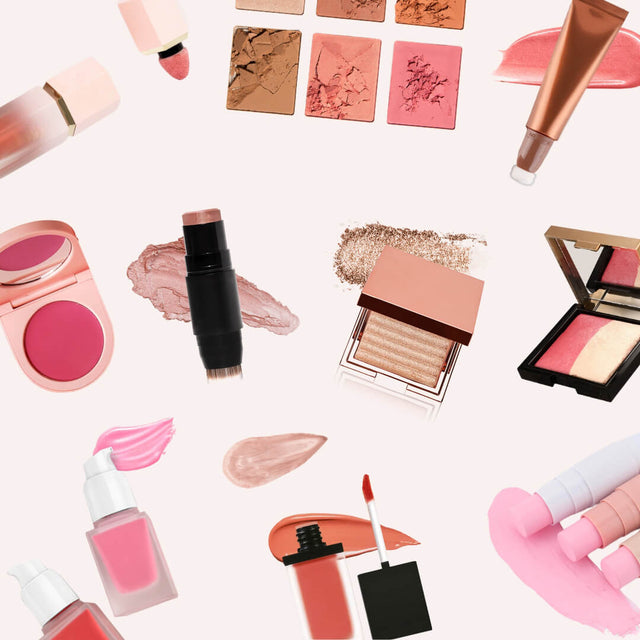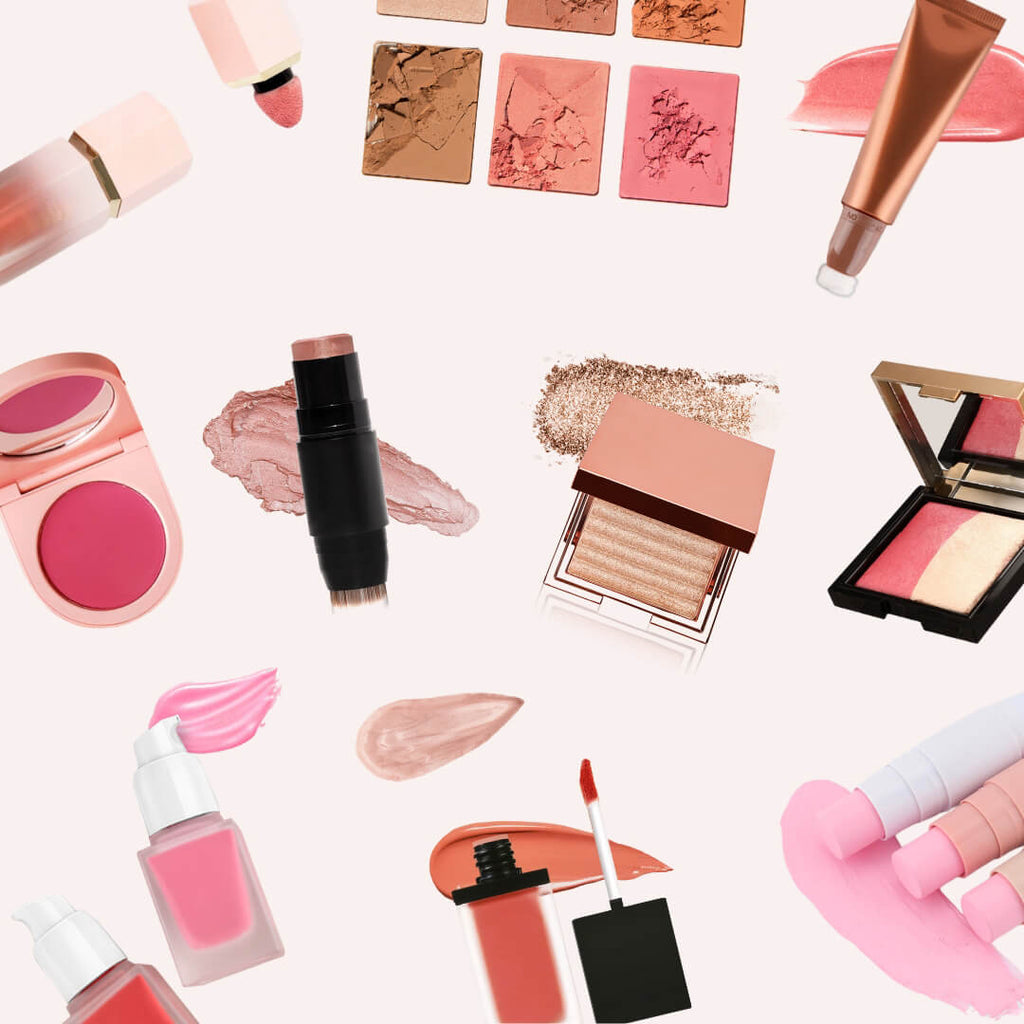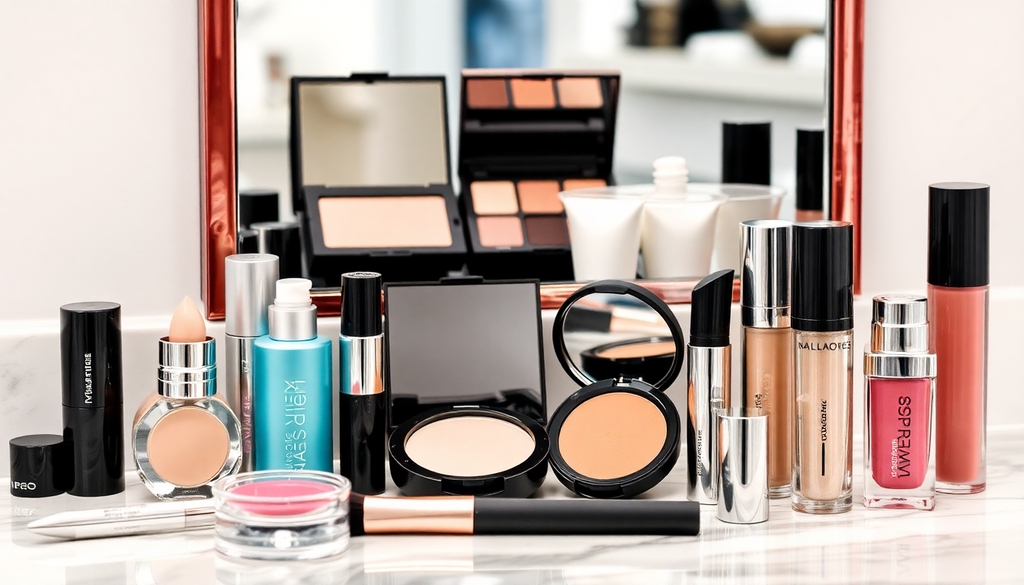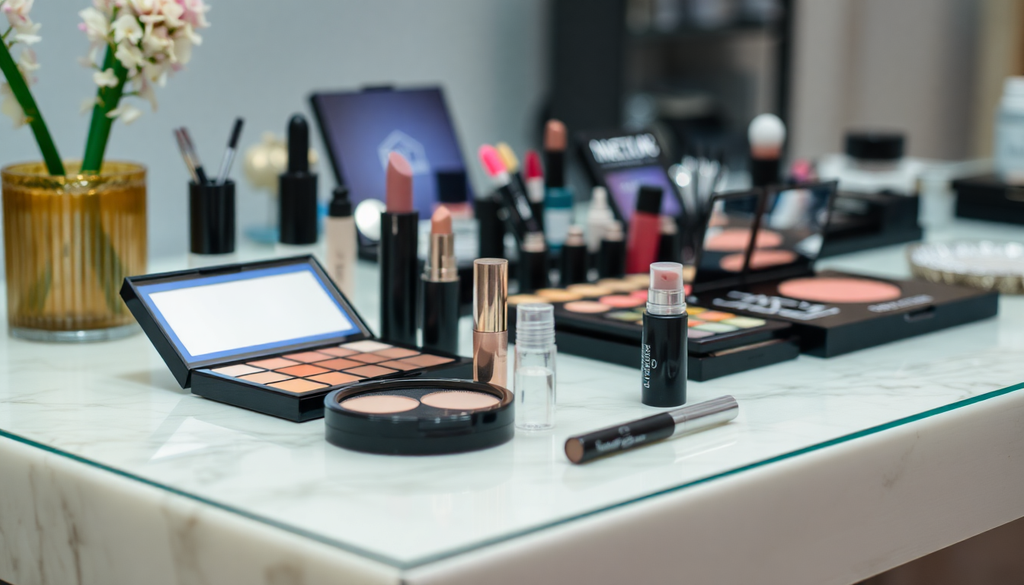
Launching Your Global Makeup Brand: A Step-by-Step Guide to Navigating Private Label Opportunities and Market Trends in 2025
Introduction
Launching a global makeup brand in 2025 is an exciting venture filled with opportunities. The beauty industry is continually evolving, and understanding private label options and market trends is crucial for success. This guide will walk you through each step necessary to establish your brand, covering essential aspects like cosmetics labeling, import policies, certifications, and marketing strategies tailored to various global markets.
Understanding Private Label Opportunities
Private labeling allows you to create products under your own brand while outsourcing production to established manufacturers. This approach can significantly reduce costs and time to market. Here’s how to navigate private label opportunities:
- Research Potential Manufacturers: Start by investigating potential manufacturers that have a strong reputation in the cosmetics industry. Look for companies that specialize in makeup products and have experience with private labels.
- Assess Product Range: Ensure the manufacturer offers a variety of products that align with your brand vision. Evaluate their existing catalog and inquire about customization options.
- Request Samples: Always test product quality to see if it meets your standards. Ordering samples allows you to assess formulation, texture, and packaging.
- Negotiate Terms: Discuss pricing, minimum order quantities, lead times, and payment terms to ensure a mutually beneficial arrangement.
- Quality Assurance: Establish a quality assurance protocol to monitor the products’ consistency and quality throughout the manufacturing process.
Market Trends in the Global Makeup Industry
Staying updated with market trends is vital for positioning your brand effectively. Here are some key trends for 2025:
- Sustainability: Eco-friendly and vegan products are on the rise, appealing to environmentally-conscious consumers. Brands that incorporate sustainable practices and ingredients are more likely to gain customer loyalty.
- Inclusivity: Brands that offer diverse shade ranges and cater to all skin types are gaining traction. Consumers are increasingly demanding representation in beauty products.
- Technological Integration: Virtual try-ons and augmented reality apps are becoming essential for online shopping experiences, allowing customers to visualize how products will look on their skin.
- Clean Beauty: Consumers are increasingly interested in products free from harmful chemicals. Emphasizing transparency in ingredient sourcing and formulation can enhance brand trust.
- Personalization: Customizable makeup products, such as tailored foundation shades and personalized palettes, are gaining popularity as consumers seek unique beauty experiences.
- Social Commerce: Platforms like Instagram and TikTok are becoming vital sales channels, with integrated shopping features allowing users to purchase products directly from social media.
Cosmetics Labeling Information
Each country has specific labeling requirements for cosmetic products. Here’s a breakdown of key markets:
- United States: Labels must include product identity, net quantity, ingredient list, and any necessary warnings. The FDA regulates cosmetics but does not require pre-market approval.
- European Union: The EU requires compliance with the Cosmetics Regulation, including safety assessments, labeling in multiple languages, and the inclusion of a responsible person’s contact information.
- Canada: Cosmetic products must have bilingual labels (English and French) and comply with Health Canada regulations. An ingredient list must also be included, following the International Nomenclature of Cosmetic Ingredients (INCI).
- Australia: TGA regulations must be followed, and products must be labeled with ingredients and any claims substantiated. It’s important to ensure compliance with local standards for advertising and marketing.
- Japan: Japanese labeling laws require products to be labeled in Japanese and adhere to specific ingredient disclosure requirements. Additionally, products must pass safety tests before being sold.
- China: Importing cosmetics often requires mandatory animal testing unless the products are classified as non-special use cosmetics. Understanding local regulations is essential for entering this lucrative market.
Import Policies and Certifications
Understanding import policies is crucial to ensure your products reach consumers without unnecessary delays. Here are some essentials:
- Research Tariffs and Duties: Each country has different import tariffs that can affect product pricing. Familiarize yourself with these costs to maintain competitive pricing.
- Obtain Necessary Certifications: Depending on the market, you may need certifications like cruelty-free, organic, or halal. Having these certifications can enhance your brand's reputation and attract more customers.
- Comply with Customs Regulations: Ensure all documentation is complete to avoid customs issues. This includes invoices, packing lists, and certificates of origin.
- Understand Import Restrictions: Some countries have restrictions on specific ingredients. Make sure your product formulations comply with local laws.
- Logistics and Distribution: Partner with a reliable logistics provider to manage shipping and distribution effectively. This ensures your products reach customers promptly and in good condition.
Setting Up Your Online Makeup Store
Your online presence is critical for reaching a global audience. Follow these steps to set up an effective online store:
- Choose an E-commerce Platform: Consider platforms like Shopify, WooCommerce, or BigCommerce that offer customizable options and are user-friendly.
- Design for User Experience: Make navigation intuitive and ensure the site is mobile-friendly, as a significant portion of online shopping is done on mobile devices.
- Optimize for SEO: Use relevant keywords, high-quality images, and engaging content to improve search rankings. Ensure product descriptions are clear and informative.
- Implement Secure Payment Options: Offer various payment methods to cater to international customers, including credit cards, PayPal, and local payment solutions.
- Establish Clear Return Policies: Having a transparent return policy can build trust and encourage customers to make purchases.
- Invest in High-Quality Photography: Use professional images that showcase your products effectively. Consider lifestyle shots to help customers visualize the products in use.
Marketing Your Makeup Brand
Effective marketing strategies will help you gain visibility and attract customers. Here are some ideas:
- Social Media Campaigns: Utilize platforms like Instagram, TikTok, and YouTube to showcase your products and engage with your audience. Create visually appealing content that resonates with your target demographic.
- Influencer Collaborations: Partner with beauty influencers to reach wider audiences and build credibility. Consider gifting products or collaborating on limited edition lines.
- Email Marketing: Create personalized email campaigns to keep your customers informed about new products, promotions, and exclusive offers. Segment your audience for targeted messaging.
- Content Marketing: Start a blog or video series that provides value to your audience, such as makeup tutorials, tips, and industry insights. This can help establish your brand as an authority in the beauty space.
- Participate in Trade Shows: Attend beauty trade shows to network, learn about industry trends, and promote your brand to potential clients and retailers.
- Utilize User-Generated Content: Encourage customers to share photos of themselves using your products on social media. This can create a community around your brand and serve as authentic testimonials.
Conclusion
Launching a global makeup brand in 2025 requires careful planning and execution. By understanding private label opportunities, staying ahead of market trends, and complying with regional regulations, you can position your brand for success. With an effective online store and strategic marketing efforts, your makeup brand can thrive in today’s competitive landscape. Remember that the beauty industry is dynamic, and staying adaptable will be key to your long-term success.




